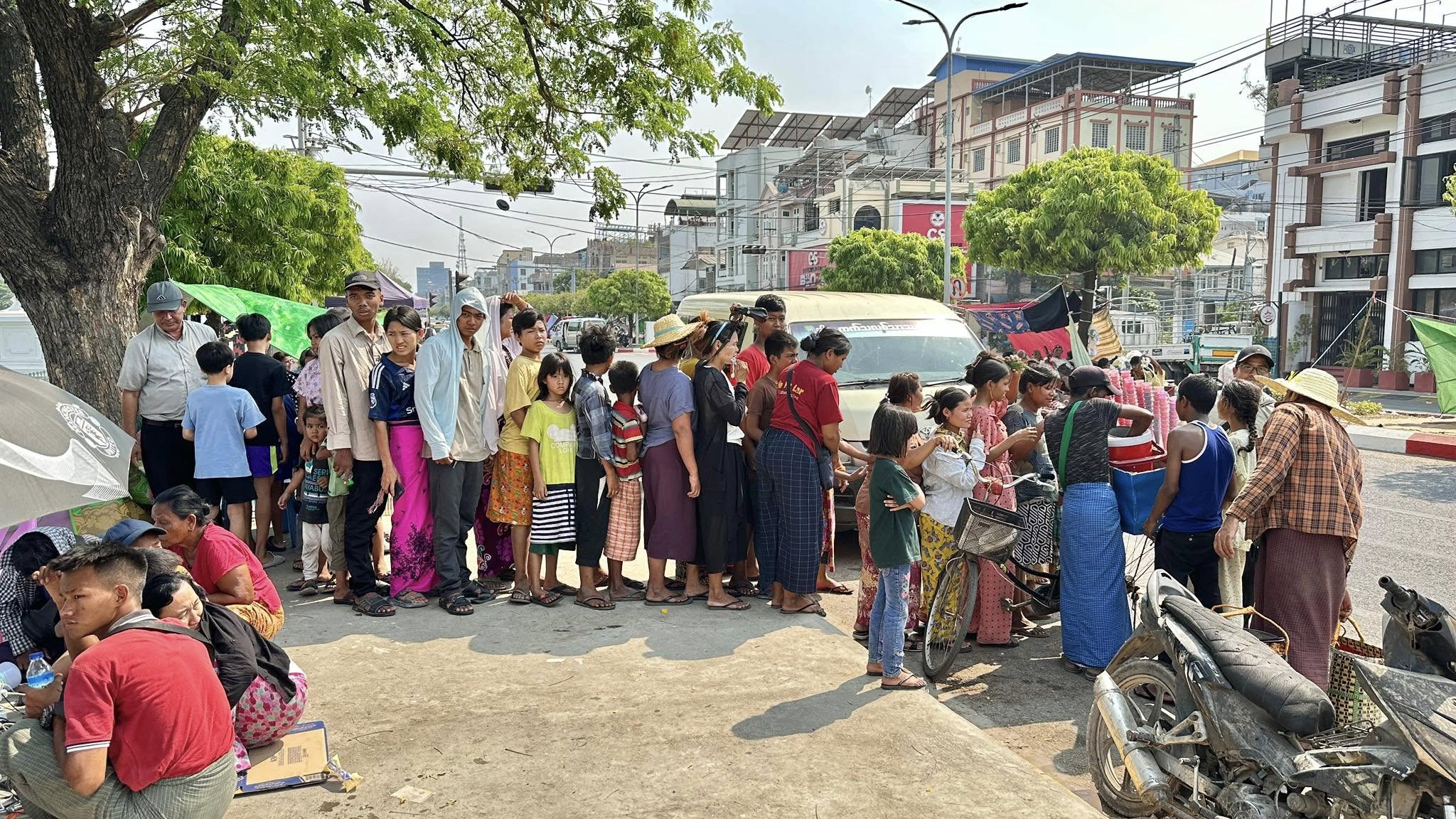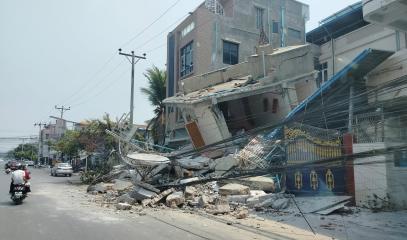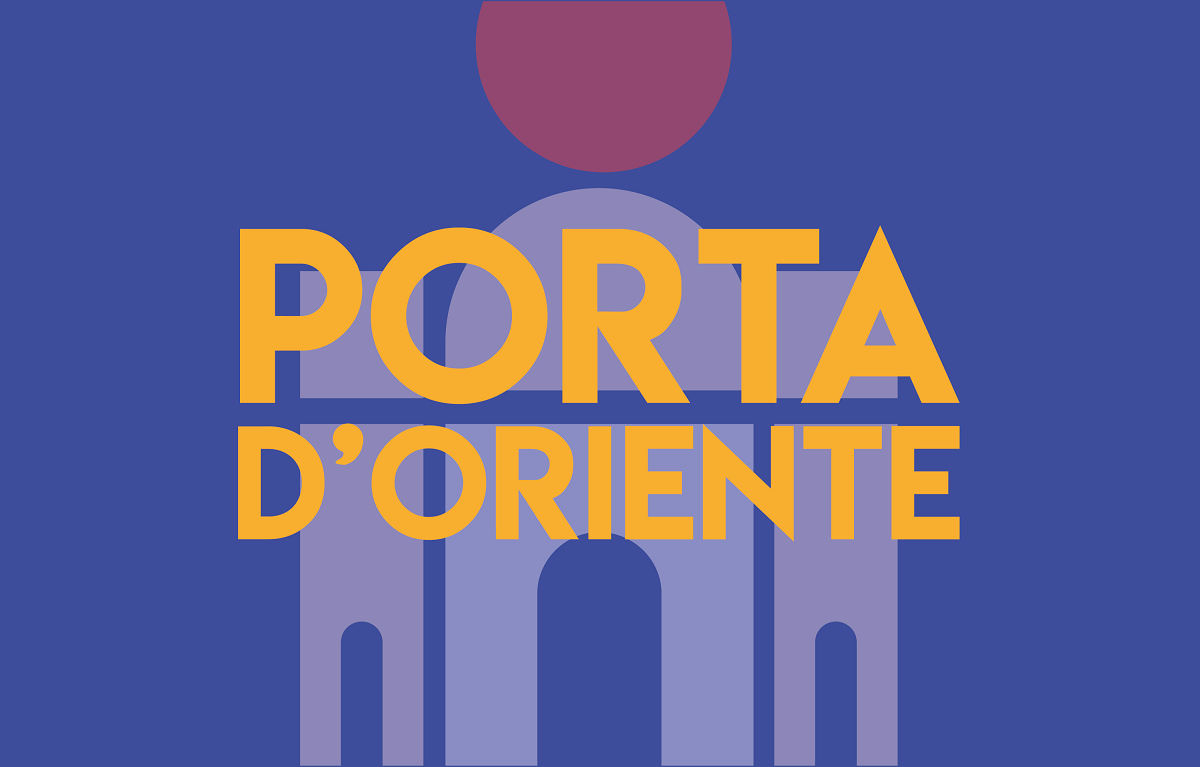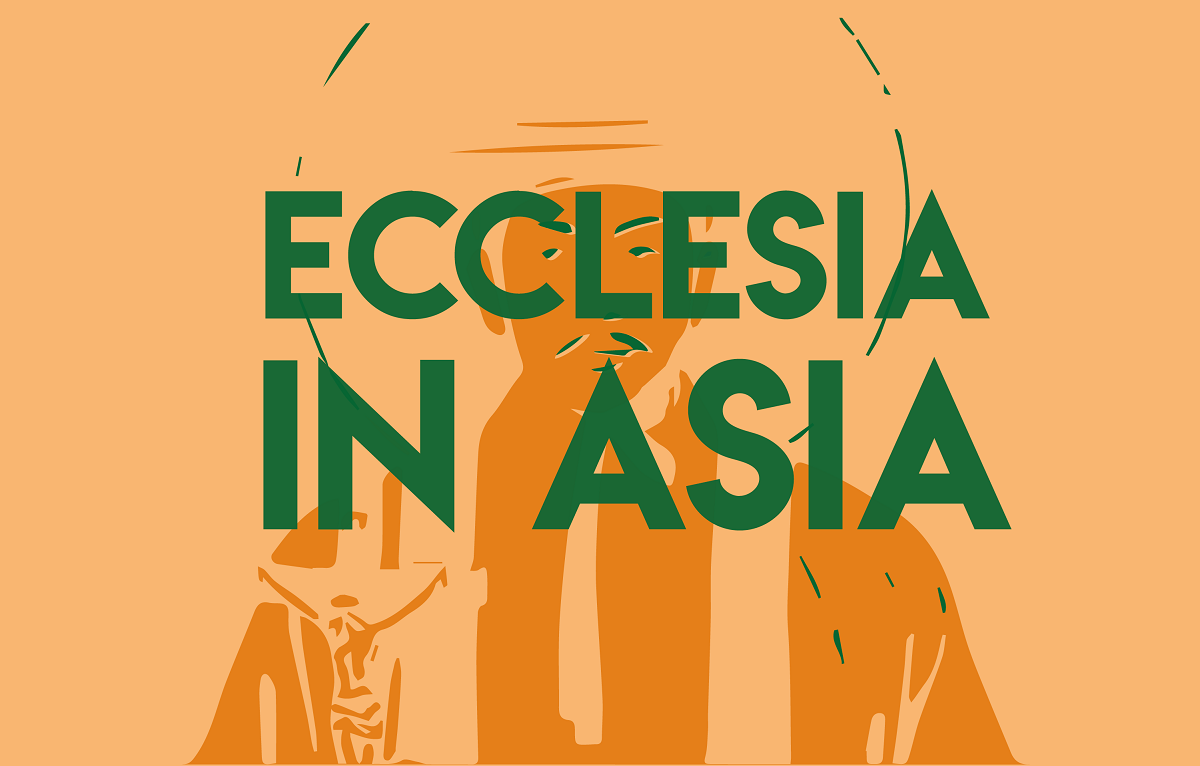Earthquake in Mandalay: Sisters of Reparation sleeping outdoors, thinking about children’s traumas
Travel remains difficult with people still gripped by fear after Friday’s devastating quake in the country’s central regions. In addition to the aftershocks, people face ongoing military operations. “It's like shooting a wounded person,” said Sister Valentina Pozzi, the mother superior of the institute founded by Fr Carlo Salerio, which today has 380 local members. “It is a miracle that there were no victims among the sisters we were able to contact,” she told AsiaNews.
Yangon (AsiaNews) – “The houses are heavily damaged. There is a lot of fear. Our sisters sleep outdoors together with people for fear of further tremors, which have continued in the past few days,” said Sister Valentina Pozzi, superior general of the Sisters of Reparation, an institute founded in 1859 by Carlo Salerio, one of the first PIME missionaries.
The Sisters have a strong bond with Myanmar, both past and presence, with 380 members in the South-east Asian country. “Most of our sisters are fine, but we have not yet been able to get in touch with the community in Mandalay. Other sisters have left to join them, but there are huge craters in the streets,” Sister Valentina explained.
Myanmar's second-largest city is only a few kilometres from the epicentre of the 7.7-magnitude earthquake that struck the country on Friday, already devastated by more than four years of civil war.
The ruling military junta has reported that the death toll rose to 1,700, while the wounded number over 3,000. Meanwhile, its forces continued to strike civilian targets after the quake, despite an offer of ceasefire by the exiled National Unity Government.
The number of missing is not known, but estimates by the US Geological Survey put the final death toll at 10,000 and 100,000.
The economic damage is huge but hard to measure due to the difficulty of finding information since the junta imposed a media blackout. For humanitarian experts, it will take the country years to recover.
“In Mandalay, the parishes of St John and St Michael are hosting those who lost their homes, offering basic assistance, while the diocese's medical team has been active to help with relief efforts,” said Yaung Ni Oo, a local aid worker based in Yangon but originally from Mandalay, speaking to AsiaNews.
“Now the most important and urgent needs are humanitarian assistance such as food, medicine, temporary shelter, hygiene kits and basic necessities. Afterwards, we will definitely need financial assistance to rebuild the community", said Archbishop Marco Tin Win of Mandalay to AgenSIR, yesterday. The diocese’s “rescue team” was already active to deal with emergencies caused by the civil war.
According to the latest report by the United Nations Office for the Coordination of Humanitarian Affairs (OCHA), the number of displaced people in Myanmar had risen to 3.5 million before the earthquake last Friday.
“Northwestern Myanmar, which hosts nearly half of the country’s total displaced population, has seen a surge in civilian casualties as the conflict continues to escalate,” the document reads.
This region, which includes the Sagaing and Mandalay regions, has suffered the most damage.
“It is a miracle that there were no victims among the sisters we were able to contact,” Sister Valentina Pozzi told AsiaNews.
The congregation runs more than 60 convents across Myanmar, but a dozen had already been evacuated due to fighting between the army and various resistance militias.
“In villages near Nay Pyi Daw, the capital, many Christians were saved because they had gone out to participate in the Way of the Cross. Once they returned they couldn't find the house; everything had collapsed while they weren't there.”
Many Christians were celebrating Lent when the earthquake occurred on a Friday, but many Muslims were at the mosque for the ritual prayers marking the last days of Ramadan, while in Buddhist monasteries, students were taking their exams.
Many young people no longer had access to education following the 2021 coup. Pro-democracy doctors and teachers who had participated in peaceful protests against the coup were suspended and today the only public schools still open are under the strict control of the military regime. But many families refuse to send their children to these establishments.
Since civil war broke out four years ago, the various religious groups have tried to shield children and young people by welcoming them into their facilities. “In one monastery there were more than 300 students,” Sister Valentina explained, stressing that even attacks by the military did not stop them.
For her, such attacks are like “like shooting a wounded person.” What is more, “The houses and buildings will be rebuilt, but, in the meantime, I think of the children of Myanmar will have many wounds to heal. While adults usually have a few more tools to deal with trauma, the little ones have already suffered so much from the war.”
(pictured: the damage to Taungoo cathedral, which had completed renovation work in December)
To respond to the humanitarian emergency, the PIME Foundation has decided to launch a fundraiser for Myanmar to help the dioceses of Taungoo and Taunggyi provide assistance to the displaced. We will send aid to them, starting with the basic needs of people, like shelter, food, schooling for the children.
To make a donation for Emergency Aid for Myanmar (10122) click here.
04/11/2021 10:59
14/05/2019 15:16
15/03/2022 11:50








.png)










